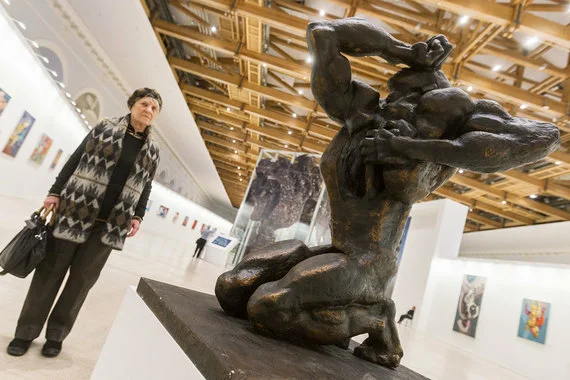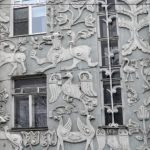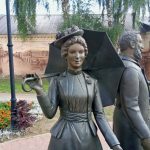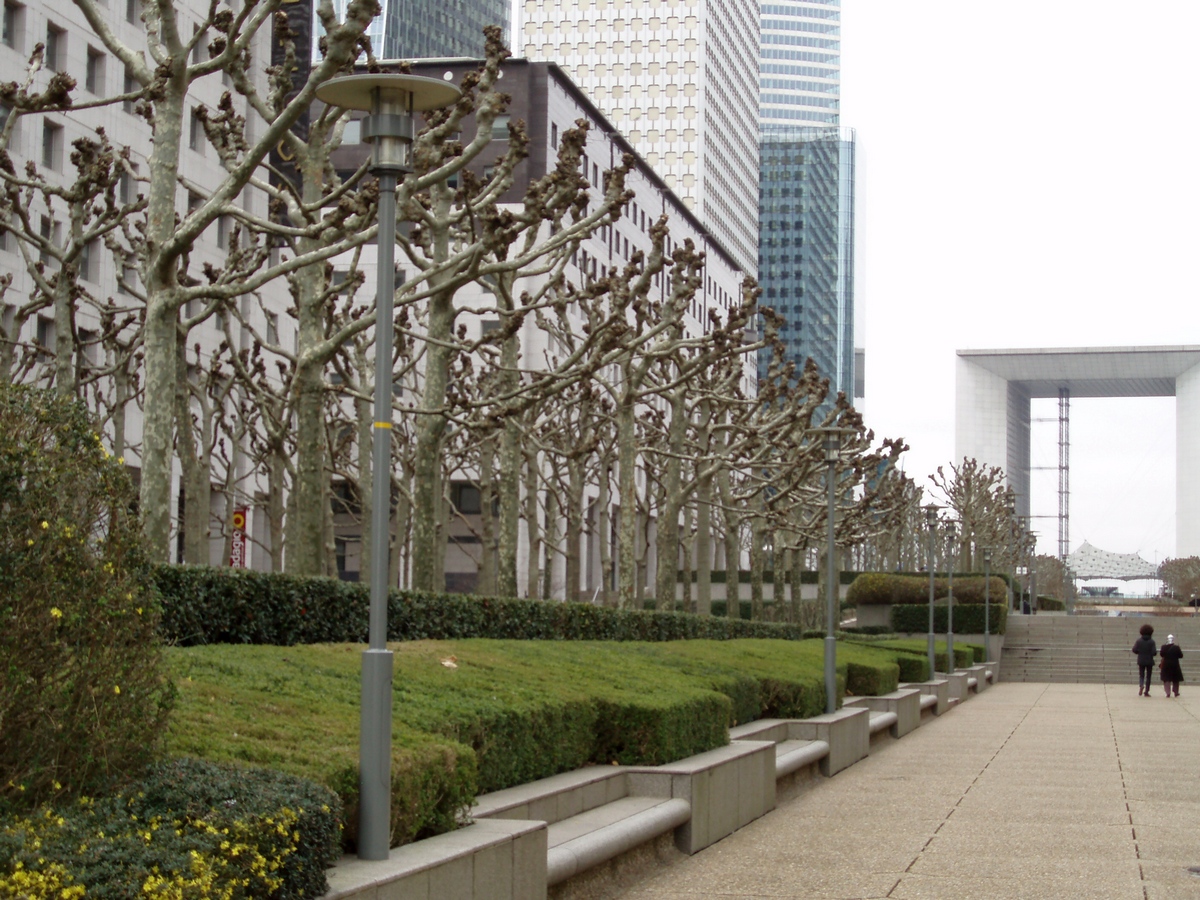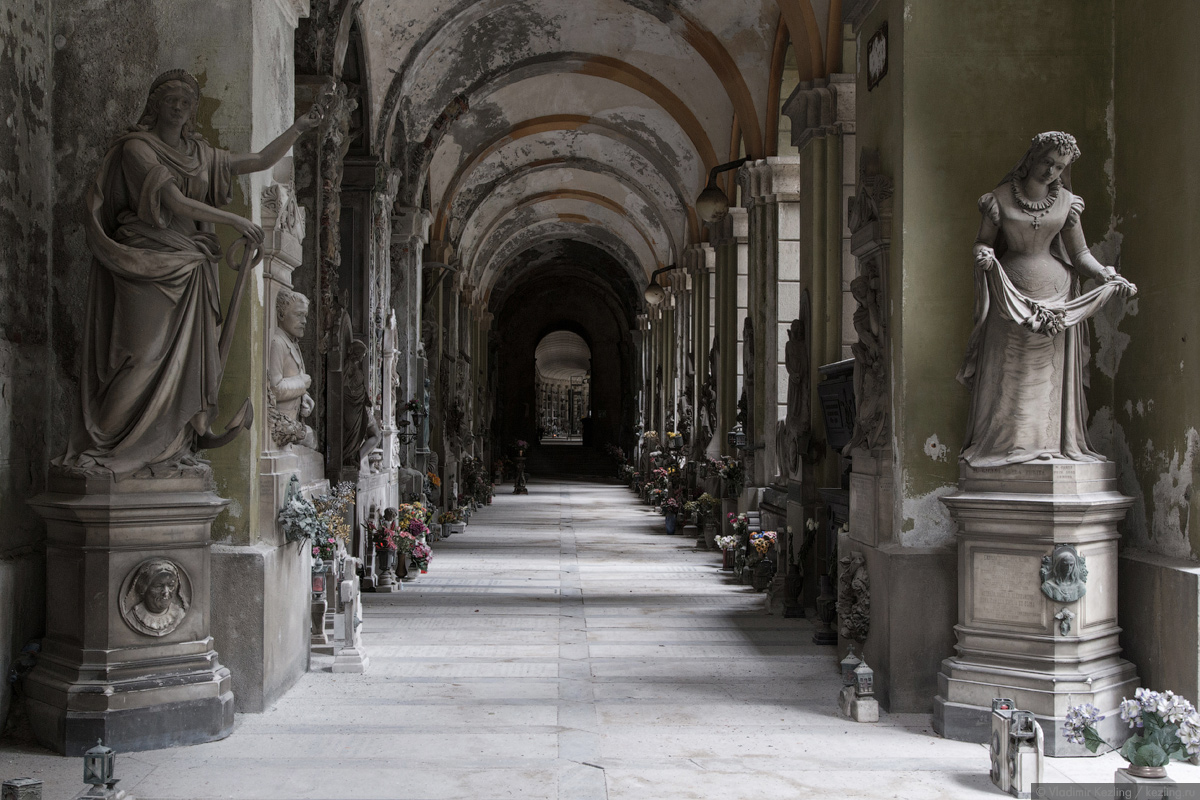Art by Ernst Neizvestny
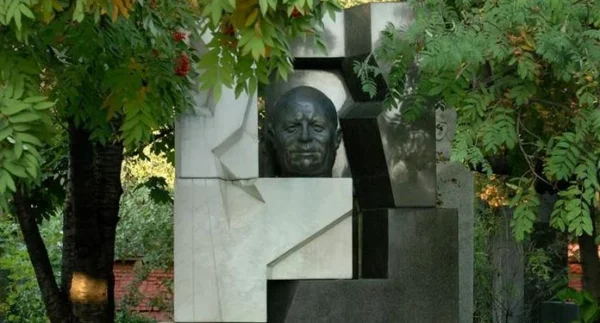
Many often recall the infamous 1962 exhibition at the Manege, where Soviet leader Nikita Sergeevich Khrushchev smashed the work of the avant-garde artists to smithereens. Not embarrassed in terms, not wanting to accept and understand abstract art, the leader of the USSR severely criticized the work of artists.
Ernst Neizvestny was one of the few daredevils who found the strength to object to the party leader, defending his work. This will be followed by exclusion from the Union of Artists and the complete absence of government orders. In 1976, the sculptor left the Soviet Union, first to Switzerland and then to the States. In New York, by the way, he lived until the end of his days. Unknown died in the same place, in his house, in 2016 at the age of 91. Buried in Shelter Island City Cemetery.
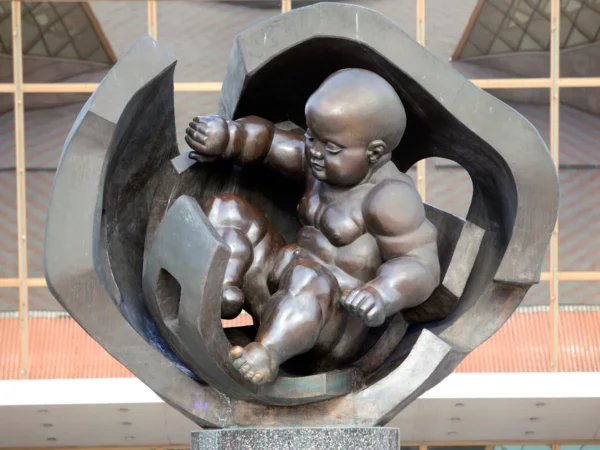
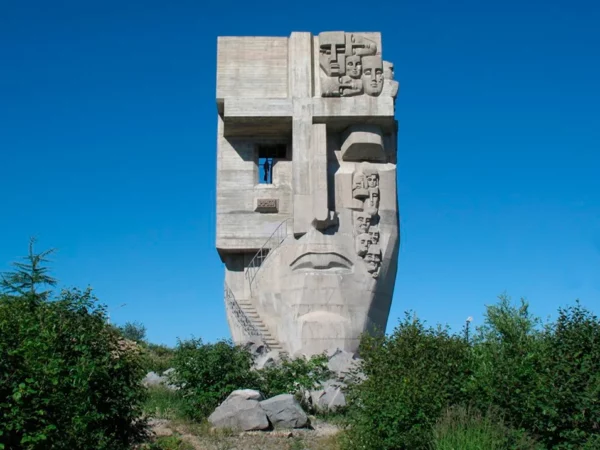
In post-Soviet times, he often came to his homeland. Works of his authorship began to appear in Russia. So, in 1996, the Mask of Sorrow memorial was erected in Magadan, dedicated to the memory of the victims of political repression. And in 2003, in Kuzbass, on the territory of the Krasnaya Gorka Museum, in the presence of Ernst Neizvestny, his monument to the miners was opened.
Over his sculpture “The Tree of Life”, the image of which came to him in a dream, he worked for 40 long years. In the crown of the heart-shaped tree, he included religious symbols, loops, historical figures – a total of about 700 details.
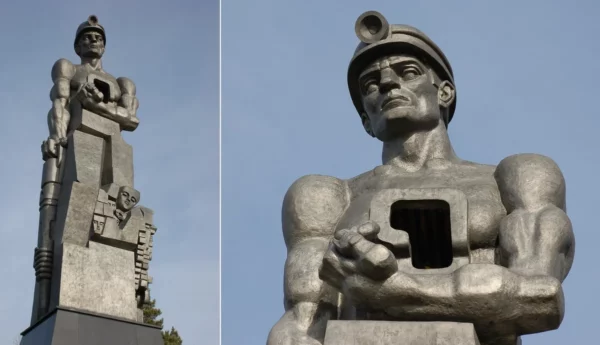
His 7-meter sculpture was installed in 2004 in the foyer of the shopping and entertainment center “Bagration”, after some time an add-on was added above the premises and distorted the author’s intention. Ernst Neizvestny was very upset and offended by such an attitude towards his most famous work. He wanted to see her in the Moscow museum.
Interesting Facts:
- His student work of the 50s. purchased in their funds the State Russian Museum and the Tretyakov Gallery
- During the Second World War, he received a concussion of the brain, wounds of the spine and was recovering for three years after partial paralysis of the lower extremities
- The Art Museum of Ernst Neizvestny is in Russia (Ekaterinburg, where he was born) and Sweden (Uttersberg)
- Ernst Neizvestny is the author of the TEFI figurine, the main Russian television award. He made his sculpture of the ancient Greek hero Orpheus, playing on the broken strings of his soul, before this award was established.
- He is the author of the monument at the tombstone of Nikita Sergeevich Khrushchev. With this request, the family of the late General Secretary turned to the Unknown.

